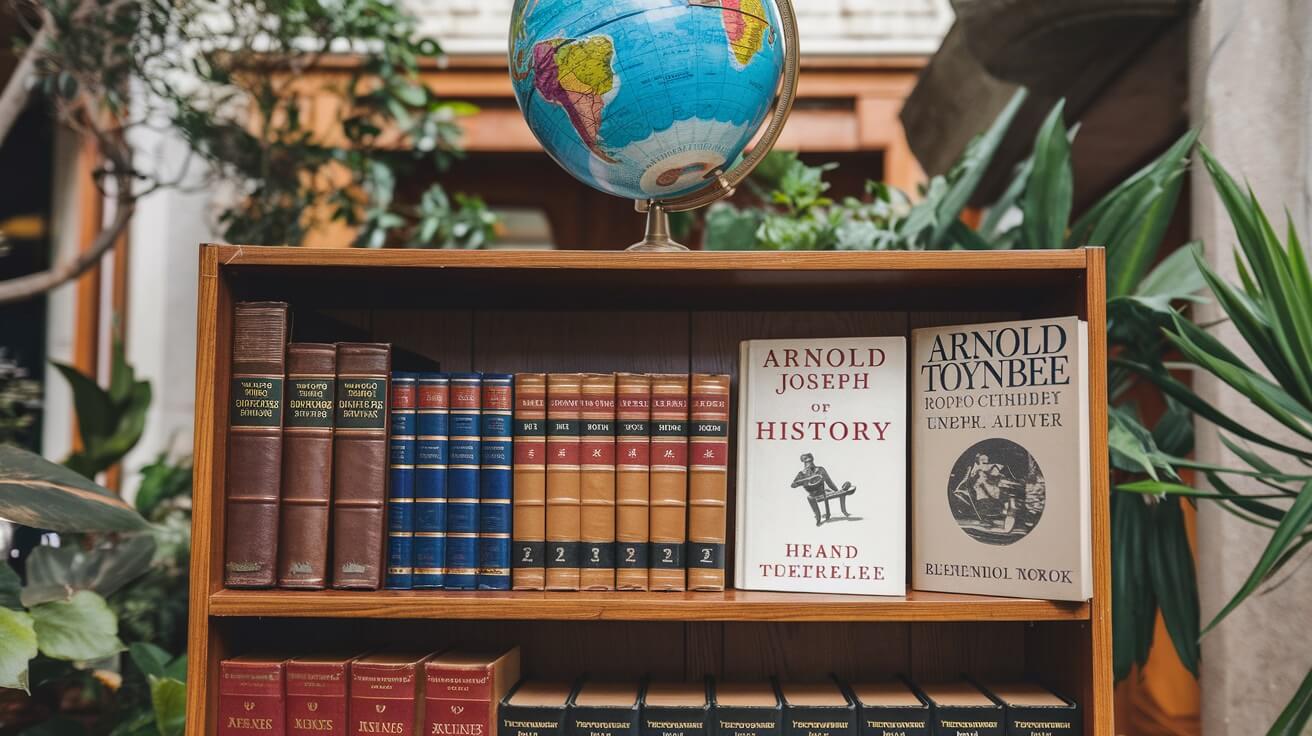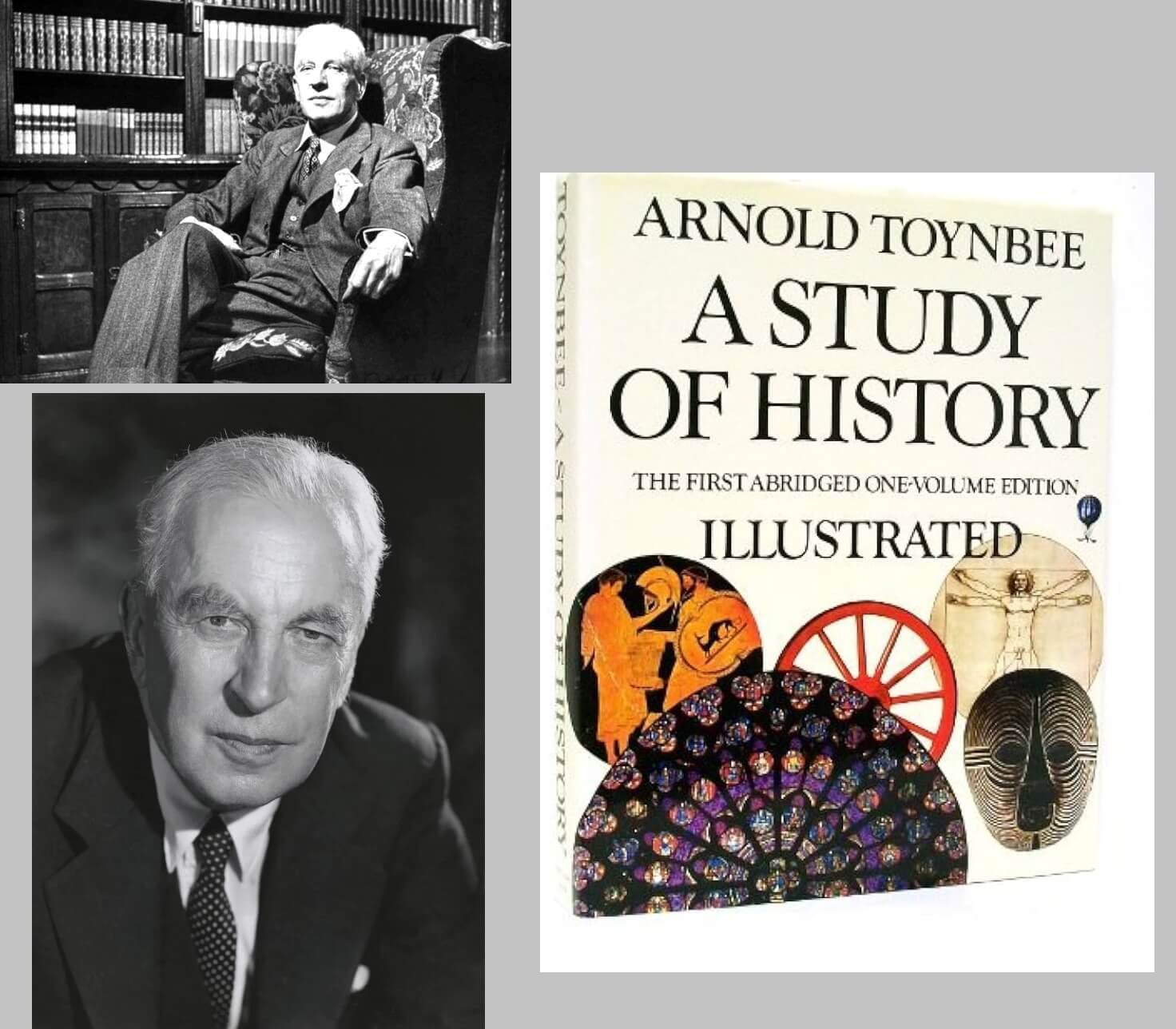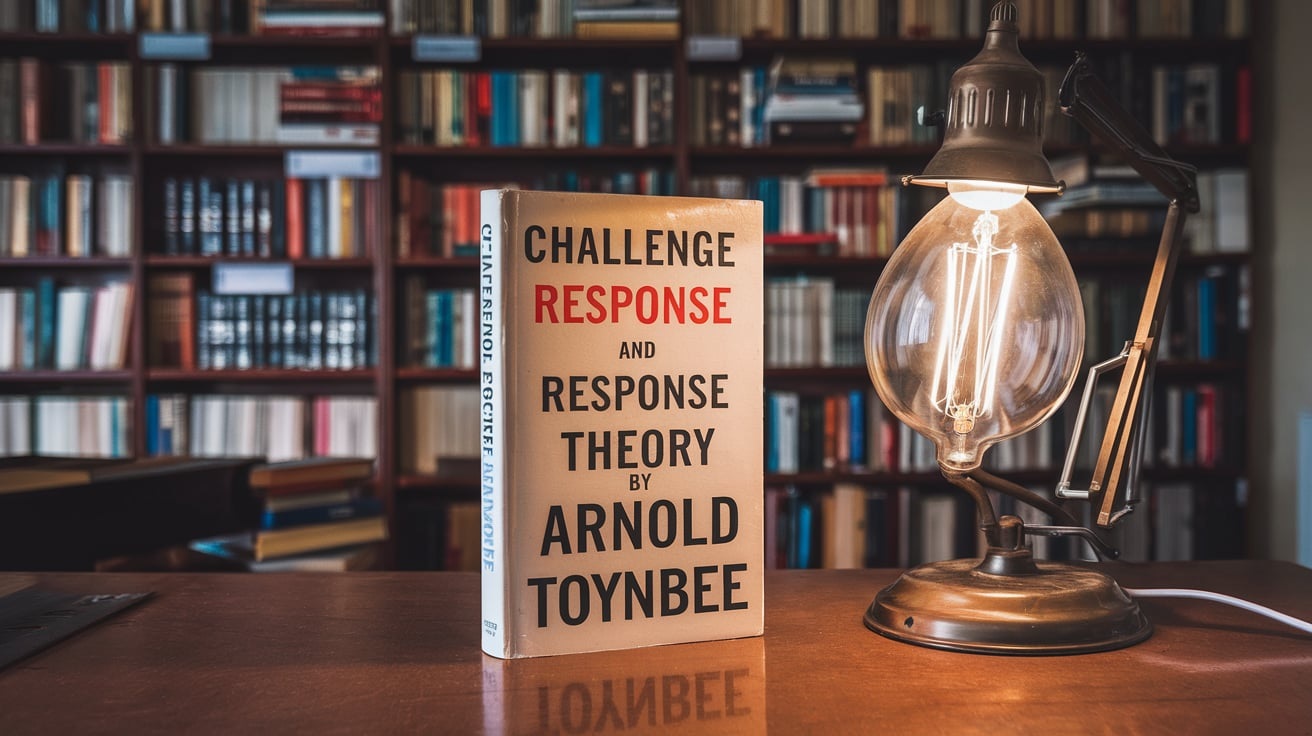
Applications of Arnold Toynbee's Theory in Modern Contexts
Have you ever wondered what makes some societies thrive while others fall apart when faced with challenges? Arnold Toynbee, a renowned historian, believed he had the answer. His challenge-response theory argues that civilizations rise and fall based on how well they address the obstacles in their path. It's an idea that resonates deeply today as we navigate global issues like climate change, technological disruptions, and economic instability.
Toynbee's framework isn't just a relic of academic history; it's a practical lens for analyzing and solving modern problems. This article explores how his ideas can be applied to today's challenges, using real-world examples, data, and expert insights to show how history's lessons can guide us in creating a resilient and sustainable future.
Historical Foundations of Toynbee's Theory
1. Toynbee's Challenge-Response Framework
At the heart of Toynbee's work is a simple yet profound observation: civilizations progress when they creatively respond to significant challenges. Those that stagnate or fail to adapt eventually decline. He explored this idea in his monumental work, A Study of History, analyzing the life cycles of 26 civilizations.
Toynbee believed that "creative minorities" within societies are responsible for formulating responses to challenges. These groups innovate, adapt, and guide their communities toward growth. When societies fail to foster such leadership or their responses fall short, decline is inevitable.
2. Examples of Historical Adaptation
The Roman Empire
Rome's early success was rooted in its adaptability. Its military innovations, infrastructure, and ability to integrate conquered peoples allowed it to dominate for centuries. However, as internal corruption grew and external pressures mounted, its inability to adapt led to its fall.
The Mayan Civilization
The Mayans thrived in a challenging environment, creating advanced agricultural techniques. Yet, overexploitation of resources and failure to respond effectively to prolonged drought contributed to their decline.
These examples highlight a key takeaway: a civilization's survival depends on its ability to address challenges innovatively and sustainably.

Modern Applications of Toynbee's Theory
1. Globalization and Economic Challenges
In today's interconnected world, economic crises don't respect borders. The 2008 global financial crisis vividly illustrates how challenges can spread across countries, necessitating collaborative and innovative solutions.
During the 2008 crisis, coordinated actions by central banks and governments—such as the U.S. Federal Reserve's quantitative easing—helped stabilize global markets. This aligns with Toynbee's idea that adaptive responses are essential for survival.
Real-life lessons from this crisis underscore the need for collaboration and creativity in addressing economic challenges.
2. Climate Change and Environmental Sustainability
Climate change is the most pressing challenge of our time. Rising temperatures, extreme weather, and resource scarcity threaten the stability of modern civilizations. Toynbee's theory suggests that societies must respond creatively and collectively to such existential threats.
The Netherlands, a country mainly below sea level, has implemented innovative engineering solutions like the Maeslantkering storm surge barrier to combat rising sea levels. This proactive response is a modern embodiment of Toynbee's principle of adaptive resilience.
According to the United Nations, renewable energy adoption must triple by 2050 to keep global warming below 1.5°C. Such bold, collective efforts reflect Toynbee's ideas on creative problem-solving.
3. Technology and Social Adaptation
Rapid technological advancements, from artificial intelligence to biotechnology, mirror the transformative periods of the past. Societies that adapt to these changes while addressing ethical concerns and inequalities will thrive.
The World Economic Forum predicts that while 85 million jobs may be reduced by automation by 2025, 97 million new roles will emerge. The challenge lies in reskilling and adapting to these shifts.
Toynbee's insights emphasize the importance of adaptability in managing such transitions. For example, nations investing in digital education and training programs are better positioned to leverage technological changes.
Comparative Insights: Toynbee vs. Other Thinkers

1. Toynbee vs. Spengler: Diverging Perspectives
Oswald Spengler, a contemporary of Arnold Toynbee, viewed civilizations through a deterministic lens, comparing them to biological organisms with a finite growth, maturity, and decline lifecycle. In his seminal work The Decline of the West, Spengler argued that civilizations were bound to follow an inevitable path, with cultural vitality giving way to stagnation and eventual collapse. This process was unavoidable for Spengler—a natural progression dictated by inherent societal decay.
Toynbee, however, approached the subject with a more dynamic and hopeful perspective. Rather than accepting decline as a foregone conclusion, he proposed that civilizations' fate depends on their ability to respond to challenges creatively. Toynbee's framework highlights the potential for renewal and reinvention, driven by what he called "creative minorities"—leaders and thinkers capable of steering society toward growth and adaptation. His approach allows for the possibility that civilizations can change their trajectories, overcoming stagnation and evolving in response to crises.
This divergence between Spengler's deterministic fatalism and Toynbee's emphasis on human agency underscores the practical relevance of Toynbee's ideas. Toynbee's perspective offers a roadmap for resilience and innovation in a world grappling with climate change, global pandemics, and technological upheavals. Where Spengler's view might lead to resignation, Toynbee inspires action, reminding us that the future is not set in stone but shaped by our collective decisions.
2. Modern Philosophical Alignments
Toynbee's ideas resonate with contemporary thinkers who emphasize adaptability and sustainability as critical factors in societal survival. In his influential book Collapse: How Societies Choose to Fail or Succeed, Jared Diamond explores how civilizations have succumbed to environmental mismanagement and social instability throughout history. Diamond's analysis aligns closely with Toynbee's emphasis on the consequences of failing to address critical challenges effectively.
For instance, Diamond examines the collapse of the Norse settlements in Greenland, attributing their demise to environmental degradation, over-reliance on traditional farming techniques, and resistance to adapting to the Arctic conditions. This mirrors Toynbee's argument that societies falter when they fail to innovate in adversity. Diamond's work amplifies Toynbee's insights, providing modern evidence of the importance of adaptability and strategic problem-solving.
Similarly, Thomas Homer-Dixon's The Upside of Down builds on Toynbee's framework by analyzing how societal stressors, such as energy shortages and environmental crises, can catalyze renewal and transformation if managed effectively. Homer-Dixon introduces the concept of "ingenuity gaps," highlighting the importance of originality and inventive thinking in addressing and resolving complex systemic issues. His work reflects Toynbee's belief in the power of human ingenuity to navigate complex problems, reinforcing the relevance of these ideas in addressing contemporary issues.
By examining the works of Spengler, Diamond, and Homer-Dixon, it becomes clear that Toynbee's optimistic approach to civilizational resilience offers a powerful framework for understanding the past and navigating current and future uncertainties. His theory inspires a mindset of adaptability, urging societies to view challenges not as insurmountable obstacles but as opportunities for growth and reinvention.
Critiques and Limitations
1. Challenges to Toynbee's Framework
While Toynbee's theory offers valuable insights, some critics argue that it oversimplifies complex historical processes. Economic systems, technological factors, and cultural diversity often play a more significant role than his model suggests.
2. Addressing Eurocentrism
Toynbee's analysis has been criticized for focusing on Western and Mediterranean civilizations. Incorporating perspectives from Asian, African, and Indigenous histories can offer a more inclusive and comprehensive understanding of civilizational dynamics.
Case Studies of Modern Adaptation
1. Japan's Post-WWII Reconstruction
Following World War II, Japan exemplified Toynbee's theory by transforming devastation into opportunity. Education, infrastructure, and technology investments propelled it into an economic powerhouse.
Japan's GDP grew from $15.5 billion in 1950 to over $5 trillion by 2019 (World Bank).
2. The Scandinavian Model of Resilience
With their strong social safety nets and commitment to sustainability, Scandinavian countries provide a blueprint for addressing modern challenges.
Sweden, Norway, and Denmark consistently rank among the world's happiest nations, highlighting the success of their adaptive policies.
Conclusion
Arnold Toynbee's challenge-response theory offers timeless lessons for addressing the challenges of the modern world. Whether it's climate change, economic instability, or technological disruption, the principles of adaptability, innovation, and collective action remain essential.
History isn't just about understanding the past—it's a guide for building the future. Toynbee's ideas remind us that resilience and creativity are not just survival strategies but pathways to progress.
Frequently Asked Questions (FAQ)
1. What is Arnold Toynbee's challenge-response theory?
Arnold Toynbee's challenge-response theory posits that a civilization's success or failure depends on its ability to respond creatively and effectively to significant challenges. Civilizations that adapt and innovate can thrive, while those that fail to address crises may decline or collapse.
2. How does Toynbee's theory apply to modern challenges like climate change?
Toynbee's theory is highly relevant to modern issues like climate change. It emphasizes the importance of creative solutions and collective action. For instance, innovative technologies such as renewable energy and sustainable engineering projects like the Netherlands' flood barriers reflect the kind of proactive responses Toynbee advocated for.
3. How does Toynbee's perspective differ from Spengler's?
Oswald Spengler believed civilizations follow a fixed life cycle of growth and inevitable decline, much like biological organisms. Toynbee, on the other hand, argued that decline is not inevitable. Societies can alter their course through innovation, leadership, and creative responses to challenges, offering a more optimistic and actionable framework.
4. Can Toynbee's ideas help address technological disruption?
Yes, Toynbee's emphasis on adaptability is particularly relevant in managing technological disruptions. Societies that invest in education, workforce reskilling, and ethical frameworks for emerging technologies can harness the benefits of advancements like AI and automation, aligning with their ideas of responding effectively to challenges.
5. Why is Toynbee's theory still important today?
Toynbee's theory remains valuable because it provides a timeless framework for understanding how societies can navigate crises and build resilience. From economic instability to environmental degradation, his insights encourage proactive and innovative approaches to overcoming modern challenges, making his ideas as relevant today as they were in his time.


